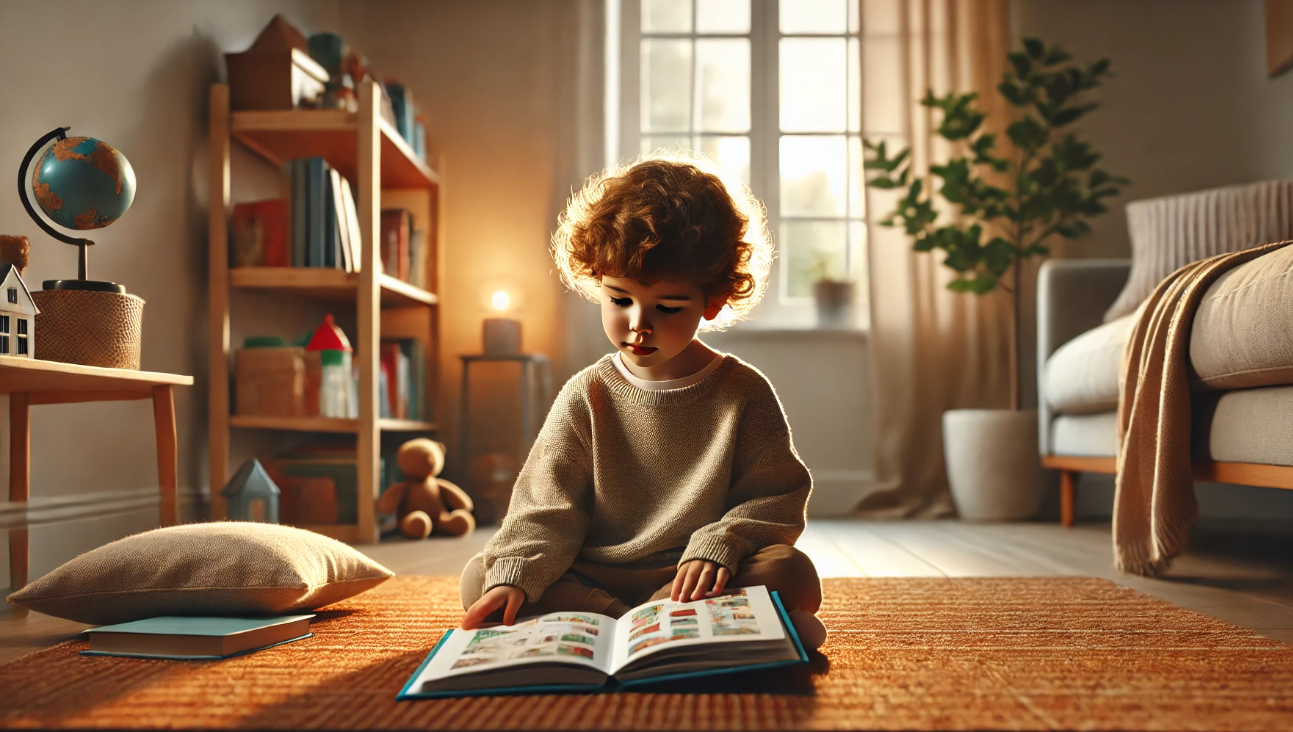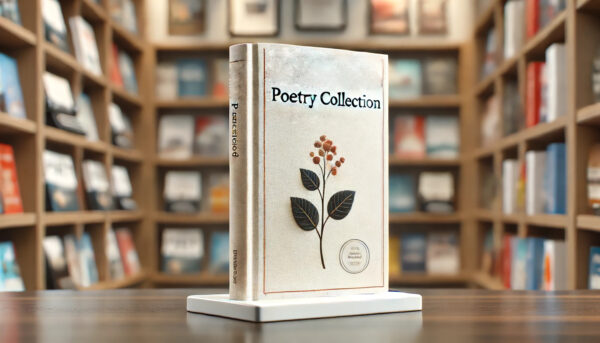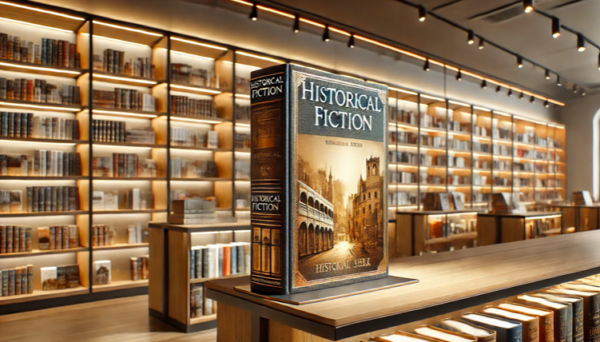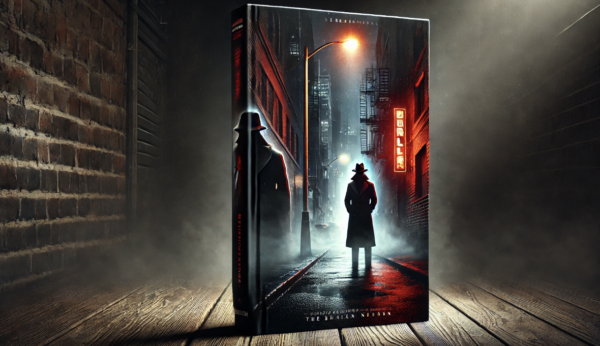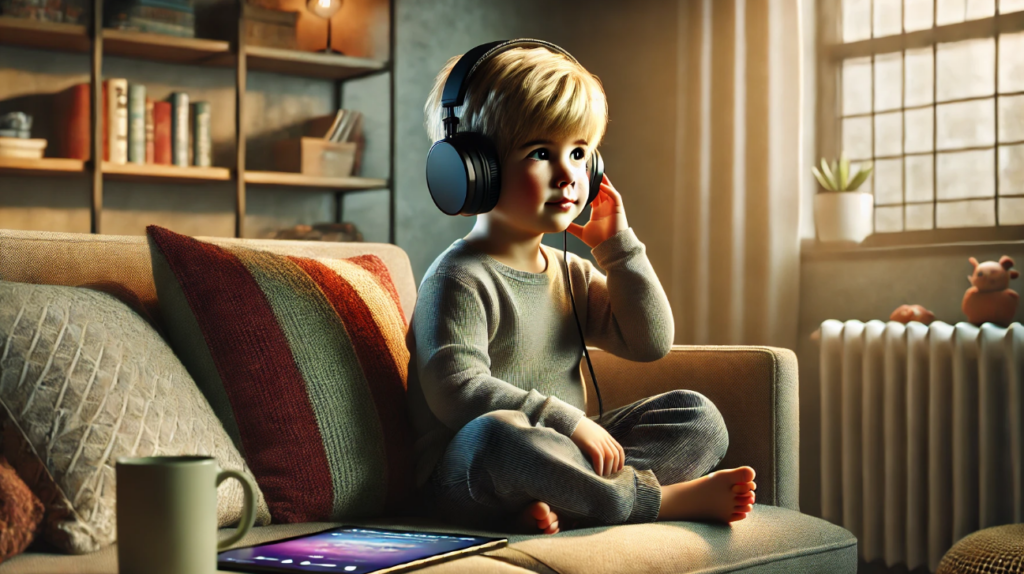
Picture this: a cozy living room where a child snuggles up with a blanket, eyes wide with wonder as their favorite story comes to life. Choosing the right titles for the audiobook format is crucial, considering factors like the book’s popularity and adaptability. Now, imagine that same story enhanced with sound effects—think of a triumphant trumpet for a hero’s entrance or the mischievous giggle of a fairy. Suddenly, that story is no longer just words on a page; it’s a full-on audio adventure!
Adding sound effects to children’s audiobooks isn’t just an entertaining gimmick; it’s a powerful way to engage young listeners and fuel their imaginations during story time. In this article, we’ll dive into the world of sound effects and discover how to transform simple audiobooks into captivating audio experiences.
Why Sound Effects Matter in Children’s Audiobooks
Sound effects play a crucial role in capturing a child’s attention and enhancing their understanding of a story. As more children listen to audiobooks, they enhance their literacy skills through engaging formats like read-alongs. Imagine trying to explain what a lion sounds like without actually having them hear it—words can’t do it justice! Many kids learn through listening, and the right sound effects can make the story feel more real, boosting comprehension and retention. For diverse learners, auditory elements can bridge the gap between different learning styles, making the narrative accessible and enjoyable for everyone. After all, who doesn’t want to hear a roar or the splashing of waves while diving into a tale?
The Evolution of Audiobook Production
The journey of audiobook production has been nothing short of extraordinary. What began as simple narrations has now evolved into a sophisticated art form, incorporating sound effects, music, and multiple voices to create a rich auditory experience. In the early days, audiobooks were straightforward—just a single narrator reading the text, often with minimal embellishments. But as technology advanced, so did the possibilities for audiobook producers. Digital audio workstations opened up a world of creative opportunities, allowing producers to experiment with sound effects, music, and multiple voices. This evolution has transformed audiobooks from mere readings into immersive audio adventures that captivate listeners of all ages.
From Narration to Sound Elements
The shift from plain narration to the inclusion of sound elements marked a significant shift in audiobook production. Suddenly, sound effects and background music became essential tools for creating an engaging listening experience. Imagine a science fiction audiobook where the sound of laser blasts, spaceship engines, and alien chatter transports you to a futuristic world. Audiobook producers began to use these sound elements to build immersive atmospheres, drawing listeners deeper into the story. The right combination of sound effects and background music can make listeners feel like they are part of the narrative, experiencing every twist and turn alongside the characters.
Your Publishing Journey Awaits – Start NowThe Impact of Sound Effects on the Audiobook Industry
Sound effects have had a profound impact on the audiobook industry, becoming a cornerstone of modern audiobook production. These auditory elements allow producers to craft complex and layered soundscapes that enhance the narrative, making stories more vivid and immersive. The use of sound effects has also created new opportunities for audiobook producers, enabling them to differentiate their work in a competitive market. Innovative and captivating sound effects can set an audiobook apart, making it a memorable experience for listeners. As a result, producers are constantly pushing the boundaries, striving to create the most compelling and immersive soundscapes possible.
Choosing the Right Sound Effects for Children’s Audiobooks
Selecting the right sound effects is akin to choosing the perfect elements for children’s books to enhance storytelling—too few, and it’s bland; too many, and it becomes a chaotic mess. When choosing sound effects, consider your audience’s age and your story’s tone. For a whimsical fairy tale add the flutter of fairy wings! A thrilling adventure? How about the sound of rushing wind or crashing waves? Match the sounds with the story’s themes to create a cohesive auditory experience. And remember, kids have sharp ears—they’ll pick up on inconsistencies faster than you can say “Abracadabra!”
Integrating Background Music and Sound Effects Seamlessly
Incorporating music alongside sound effects is like adding the cherry on top of your storytelling sundae—delightful! However, it’s important to strike the right balance. Too much music can drown out the narration, leaving your listeners wondering if they’re at a concert or story time. Use music to set the scene—soft melodies for serene moments and upbeat tunes for action-packed scenes. When combined effectively, sound effects and music can elevate the listening experience, making every twist and turn of the story feel like an epic saga.
Tools and Software for Audiobook Producers Adding Sound Effects
Now that you’re ready to add sound effects, let’s talk tools!
Novel Effect
Interactive reading apps like Novel Effect can enhance storytelling by responding with music and sound effects, making reading more enjoyable for children and encouraging a love for books. You don’t need to be a tech wizard to use these tools.
Audacity
Audacity is an ideal tool for beginners adding sound effects to audiobooks because it’s free, easy to use, and packed with powerful features. Its intuitive interface allows new users to edit, mix, and enhance audio with minimal effort while offering advanced tools like noise reduction and multi-track editing for a professional finish.
Adobe Audition
Adobe Audition is perfect for advanced writers adding sound effects to audiobooks, as it offers professional-grade tools and precision control. Its advanced features, such as spectral editing, adaptive noise reduction, and seamless integration with other Adobe products, allow experienced users to fine-tune every detail for polished, high-quality audio production.
No matter which tool you choose, make sure it allows for easy sound layering so that your voice narration, sound effects, and music harmonize like a well-rehearsed choir. Remember, the goal is to create a soundscape that draws your young listeners into the world you’ve crafted.
Best Practices for Adding Sound Effects to Children’s Audiobooks
As with any art form, there are best practices to keep in mind when adding sound effects. Read-aloud experiences can be enhanced with sound effects, making storytelling more engaging for children. Start by planning your audio layers before recording. It’s easier to sprinkle sound effects throughout your story than scrambling to add them in later! Keep sound effects clear and appropriate; a background noise that sounds like a cat fighting a vacuum cleaner might confuse kids during a serene moment. And don’t forget to test your audio—what sounds great in your headphones might be an auditory nightmare when played back for an audience. Remember, you want the kids to giggle, not cover their ears!
Creating Engaging Audiobooks
Creating engaging audiobooks is an art that requires a deep understanding of the listener’s experience. Audiobook producers must thoughtfully curate the narrative, sound effects, and music to create a cohesive and immersive experience. This involves selecting the right elements to bring the story to life and considering how each component will impact the listener. The goal is to create an audiobook that not only tells a story but also transports the listener into the world of the narrative, making them feel like they are part of the adventure.
Examples of Expertly Curated and Crafted Audiobooks
Selecting the right narrator, sound effects, and music is essential to bring the story to life. For instance, in a children’s audiobook, a narrator with a warm and engaging voice can evoke a sense of wonder and curiosity. Sound effects like animal noises, toy sounds, and playful background music can create a magical and imaginative atmosphere that captivates young listeners.
Your Publishing Journey Awaits – Start NowIn young adult titles, the use of multiple voices and sound effects can add depth and realism to the story, making it more immersive. Similarly, in graphic novels, sound effects and music can enhance the visual elements, creating a dynamic and engaging experience. By meticulously curating and crafting the narrative, sound effects, and music, audiobook producers can create audiobooks that captivate listeners and leave a lasting impression.
Examples of Sound Effects in Popular Children’s Audiobooks
Some children’s audiobooks have set the standard for using sound effects creatively. Titles like Star Wars: The Audio Book and Neil Gaiman’s The Graveyard Book have captivated young audiences with their immersive soundscapes. These successful examples showcase how sound effects can enhance storytelling, drawing listeners into a world of adventure and excitement. When children hear the iconic lightsaber swoosh or the ghostly whispers from Gaiman’s tale, they’re not just hearing a story—they’re experiencing it firsthand!
The Future of Sound Effects in Children’s Audiobooks
The future of sound effects in children’s audiobooks is as bright as ever! Audiobooks based on graphic novels provide a unique experience, full-cast narration enhances the emotional depth of the story. As technology advances, we can expect more interactive and immersive audio experiences. Imagine audiobooks that respond to children’s choices, allowing them to affect the story’s direction. With innovations like augmented reality and interactive apps, the storytelling possibilities are endless. Who knows? We might soon have audiobooks that let kids battle dragons in real-time, with every roar and clash of swords right in their living rooms!
Bring your Story to Life
Adding sound effects to children’s audiobooks is more than just a creative touch—it’s a way to transform a simple story into an immersive experience that sparks imagination and keeps young listeners engaged. By carefully selecting and syncing the right sound effects, you can turn story time into a captivating adventure that helps children develop strong listening skills and a lifelong love of reading. Whether you’re a parent, teacher, or author, embracing these sound-enhancing techniques can bring stories to life in a way that words alone can’t.Ready to take your children’s audiobook to the next level?
At Spines, our platform makes it easy to create fully immersive audiobooks with the perfect blend of narration, sound effects, and background music. Schedule a free consultation to turn your story into an unforgettable self-published audio experience!
Your Publishing Journey Awaits – Start Now